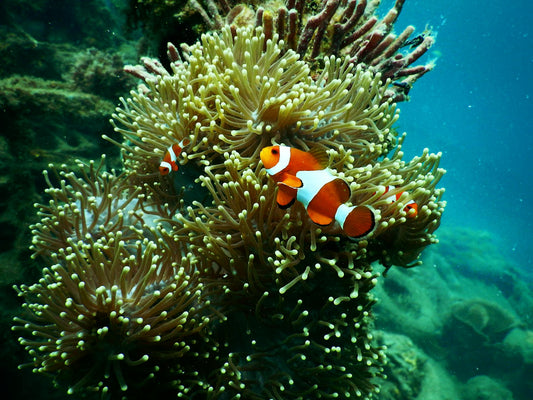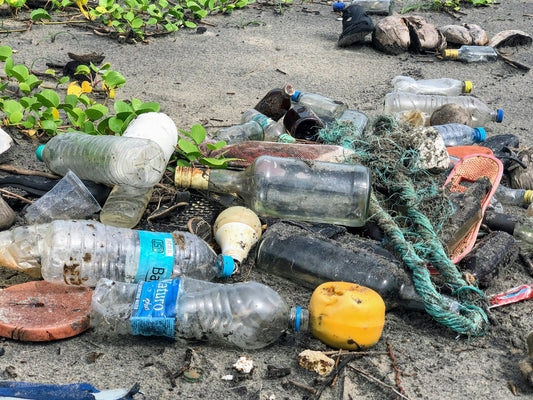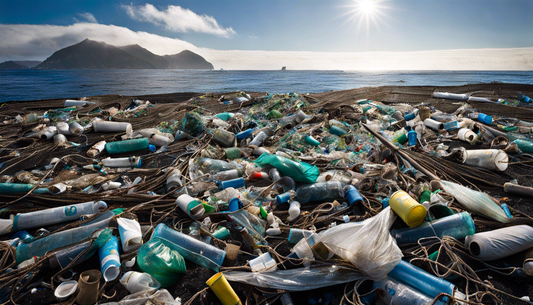Share
Explaining the Delayed Rise of Life on Land:
If you're a fan of the aroma of spring flowers or the colorful display of autumn leaves, you can thank the stabilization of Earth's ozone layer for such pleasures. This protective band, located in the stratosphere, averts harmful ultraviolet radiation from reaching our planet's surface thus playing a key role in preserving biodiversity. But did you know that it took over 2 billion years for this protective layer to fully form?
Battle Royale in the Early Atmosphere:
A recent Yale-led study reveals that the early atmosphere of Earth presented a thrilling battle between iodine and oxygen which postponed the creation of a stable ozone layer. This stratospheric shield would eventually protect complex life from the sun's harmful ultraviolet radiation.
Solving a Long-standing Mystery:
This fascinating hypothesis may unravel a centuries-old scientific puzzle. It has always perplexed researchers why it took so long for plants to emerge on Earth, given that their ancestors, cyanobacteria, have existed for roughly 2.7 billion years. What's more, the earliest occurrence of complex life on land didn't surface until the Cambrian era despite the existence of ancient microfossils.
The Iodine Factor:
This new theory proposes a different perspective on Earth's delayed biodiversity. It suggests that the hold-up was not solely due to the time required for evolution, but rather the deferred stabilization of the ozone layer. Elevated marine iodine concentrations appear to have halted the formation of a protective shield against ultraviolet radiation in the atmosphere.
High stakes for Evolution:
Ozone production depends on the presence of atmospheric oxygen and background ultraviolet radiation. Once a significant concentration of oxygen was established, our planet formed an ozone layer allowing biological evolution to progress unhindered. However, this narrative may change with the consideration of Earth's evolving iodine cycle.
Wolfing down geological evidence and developing an ocean-atmosphere model, a Yale-led team traced the iodine-ozone dynamics of ancient Earth. They found that elevated marine iodide content persisted for most of Earth's history. This, in turn, could have resulted in a considerable amount of iodine being released into the atmosphere post-oxygen rise, which could disrupt ozone accumulation.
The showdown boils down to a chemical warfare of sorts. The way iodine destroys ozone is eerily similar to how chlorofluorocarbons caused the infamous 'ozone hole' over Antarctica. A moderate increase in marine inorganic iodine emission could be responsible for a substantial depletion of atmospheric ozone, persisting from 2.4 billion years ago until roughly half a billion years ago. During this time, atmospheric ozone could have been low and unstable, exposing Earth's surface to harmful solar ultraviolet radiation.
The Unexpected Heroes:
This compelling investigation into Earth's ancient atmospheric tug-of-war offers a remarkable peek into the tardy emergence of complex life on our planet. Who would have thought that the long-awaited rise of biodiversity hinged on such unexpected heroes, iodine and oxygen, wrestling in the stratosphere? Will this crucial iodine factor hold the key to explaining the delayed explosion of flora and fauna on Earth? Only time, and more research, will tell.
We hope you enjoyed this article. Please feel free to leave a comment below if you want to engage in the discussion.
If you want to read more like this, make sure to check out our Blog and follow us on Instagram. If you are interested in truly sustainable products, check out our Shop.
Check out the original source here.








